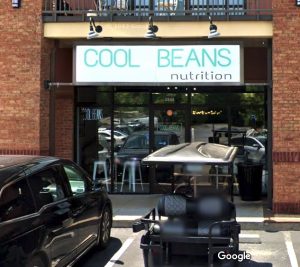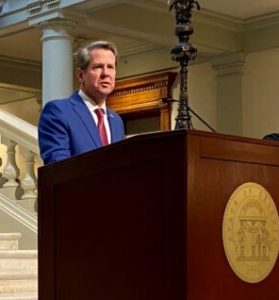The last time Coweta County saw the unemployment rate below 8 percent was in December 2008. History repeated itself in March when the county’s jobless rate fell to 7.9 percent.
Information released by the Ga. Dept. of Labor shows Coweta’s unemployment for March at 7.9 percent. That compares to 8.4 percent in February and 8.7 percent a year ago. The Coweta workforce totals 63,273 people, with 4,988 of those out of a job in March.
Unemployment numbers in Newnan also looked good in March, with the rate falling more than half a percent to 8.6 percent. That compares to the 9.4 percent rate in February and a rate of 9.2 percent a year ago.
The March jobless numbers in Coweta are the lowest in nearly three and a half years. A look back at the county’s unemployment history since 2000 shows a rate between 2.6-5.0 percent nearly every month between 2000 and into 2008. The rate fluctuated from 5.0-9.0 percent from mid-2008 through mid-2009. It was from mid-2009 to February 2012 that the jobless rate ranged from 8.3 percent to over 10 percent, with the high number coming in at 11 percent in June 2009 and the low of 8.3 percent coming in April 2011, according to the Federal Reserve Bank of St. Louis.
The 10-county Three Rivers Commission also saw a decent drop in the jobless rate during March. The 10 percent rate in February fell to 9.6 percent in March, denoting 22,170 people out of work in a workforce of 232,014 people.
The falling jobless rate was not so evident statewide in March. The 9.1 rate in February dropped slightly to 9 percent in March. The March figure represents 426,773 people out of work in a state workforce of 4.76 million.
Nationwide, the March unemployment rate fell somewhat to 8.4 percent from the 8.7 percent rate in February.
But what about the rest of the story for which government jobless figures never account, the issues such as under-employment where people wanting full-time employment can only find part-time work? That figure in March, according to Gallup, represented another 8.8 percent of the U.S. workforce.
Combining both the unemployment and under-employment rates show that 17.2 percent of the U.S. workforce is still being affected by the Great Recession that, according to both Washington and Wall Street, has long ended. The National Bureau of Economic Research in 2010 said the recession ended in June 2009.












Leave a Comment
You must be logged in to post a comment.